The Palit GeForce RTX 4070 Dual 12GB in review is one of the cheaper GeForce RTX 4070s that are already sold well below the MSRP. So good, so unspectacular. Especially since Gainward’s “sister card”, the RTX 4070 Ghost (same manufacturer, different label, different look) has already cracked the pychological 600 mark with 599 Euros in the meantime. Thus, the card tested today actually represents two cards whose cheaper variant is absolutely identical except for the plastic cover’s look. The current street price is around 639 Euros, which is also well below the MSRP. That makes the matter quite exciting.
The manufacturer sets the power limit to 200 watts by default, which is completely sufficient. Let’s remember my launch article, where the NVIDIA RTX 4070 FE also never really reached this value despite the 200 watts at the preset power limit. Thus, the card tested today is a real non-OC card and cannot become one because the BIOS does not allow it. But you can certainly live with that. We’ll see how well in a moment.
Of course, there is, as usual and customary, the comprehensive teardown, an elaborate board and cooler analysis with some reverse engineering, as well as the analysis of power consumption and load peaks including a suitable power supply recommendation. Since I know that many colleagues also repeat all the technical details including theory, which have already been presented in various tidbits, I’ll spare myself that today and only briefly refer to the already known data. For the benchmarks, I refer to the 200-Watt variant from my launch review, because both cards, the Palit GeForce RTX 4070 Dual 12GB as well as the Founders Edition from NVIDIA, are within a tolerance range of less than 1%. These are measurement errors that can be safely ignored.
The AD 104 and the new Ada architecture
The 294.5 mm² chip of the NVIDIA GeForce RTX 4070 is also manufactured in the TSMC 4N process and has 35.8 billion transistors. The AD104-250 still has four Graphic Processing Clusters (GPC) and 46 new Streaming Multiprocessors (SM) with 5888 CUDA cores, whose performance and energy efficiency has increased significantly compared to Ampere. Add to that 184 4th generation Tensor cores and Optical Flow, enabling transformative AI technologies including NVIDIA DLSS and the new frame rate multiplier NVIDIA DLSS 3.
The 46 3rd generation RT cores provide up to 2x ray tracing performance, Shader Execution Reordering (SER) also improves ray tracing operations by 2x. In addition, there are a total of 23 Texture Processing Clusters (TPC), 184 Texture Units (TU) and 64 ROPs. The L2 cache is a total of 36864 KB and the card, like the GeForce RTX 4070 Ti, uses the familiar 12 GB GDDR6X with 10500 MHz clock on a rather narrow 192-bit interface, which corresponds to a data rate of 21 Gbps and a bandwidth of 504 GB/s. The AD104-250 of the GeForce RTX 4070 only offers one NVDEC (decoder) instead of four and a single NVENC (encoder). The AV1 encoder is said to work up to 40% more efficiently than H.264.
Palit GeForce RTX 4070 Dual 12GB in detail
The card weighs only 748 grams, which is about 250 grams less than the already compact FE. The length of 26.9 cm is still relatively short and the height of 11.5 cm is also on the normal scale. You don’t need that much space housing, especially because you don’t have to use a 12VHPWR adapter. The installation depth is 3.5 cm plus the 5 mm for the backplate on the back. This also makes it a pure and nicely compact dual-slot card.
The design language of the fan, cover and slot bezel is due to the price and does not offer any highlights. The feel and look are thus rather modest, because even the usual anthracite-gray plastic cover is nothing that could provoke an excitement now. Injection molding, pattern, done. There is no RGB LED application, but there is a white LED strip as an optical saturation supplement. So here again we find the typical economy object that has to pander to the price.
The card still relies on a PCIe Gen. 4 interface and the nice 8-pin connector. The default TBP is 200 watts and can’t be increased (which is often pointless anyway, because the voltage limits at some point anyway). This is also the reason why the 8-pin connector is used.
But you can not only put power into the card, but also video connections. There are four of them, to be exact: three DisplayPort 1.4a and one HDMI 2.1a. That’s a shame, especially with the DisplayPort, when it comes to the new specifications. A missed opportunity, unfortunately. And with HDMI, you have to trick with the compression from 4K onwards if you want it to go above 120 Hz. I’ll go into the two screws later in the teardown, because they are incredibly important.
The screenshot from GPU-Z shows us the default settings of the RTX 4070, which are identical for all 200-Watt cards:
This is the first page and we are slowly preparing for the test. For the forgetful or newcomers, I have also linked the launch article again, which offers more details and my comments on the MSRP cards:
Palit GeForce RTX 4070 Dual, 12GB GDDR6X, HDMI, 3x DP (NED4070019K9-1047D)
 | Lagernd, Lieferung 1-2 WerktageStand: 27.07.24 04:16 | 550,78 €*Stand: 27.07.24 04:18 |
 | siehe Shop | 550,79 €*Stand: 27.07.24 03:26 |
 | Onlineshop: ca. 2-4 WerktageBerlin, Dortmund, Düsseldorf, Hamburg, Hannover/Laatzen, München, Stuttgart: nicht lagerndStand: 27.07.24 04:16 | 550,79 €*Stand: 27.07.24 04:17 |
- 1 - Introduction, technical data and technology
- 2 - Test system in igor'sLAB MIFCOM-PC
- 3 - Teardown: PCB, components and cooler
- 4 - Gaming performance
- 5 - Power consumption and load balancing
- 6 - Transients and PSU recommendation
- 7 - Temperatures, clock rates and thermal imagin
- 8 - Fan curves and noise
- 9 - Summary and conclusion














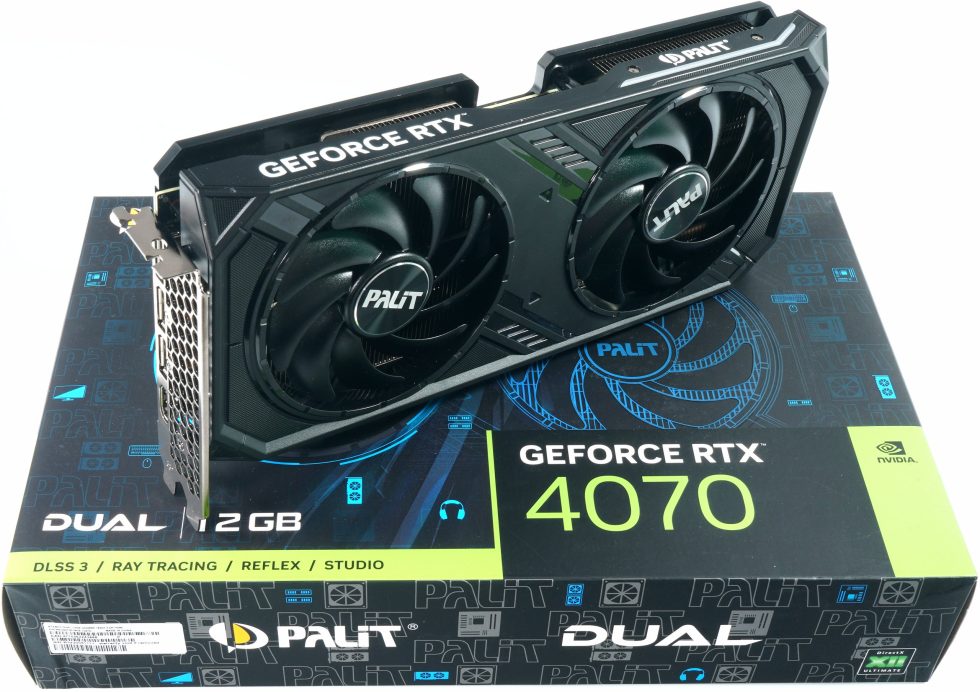



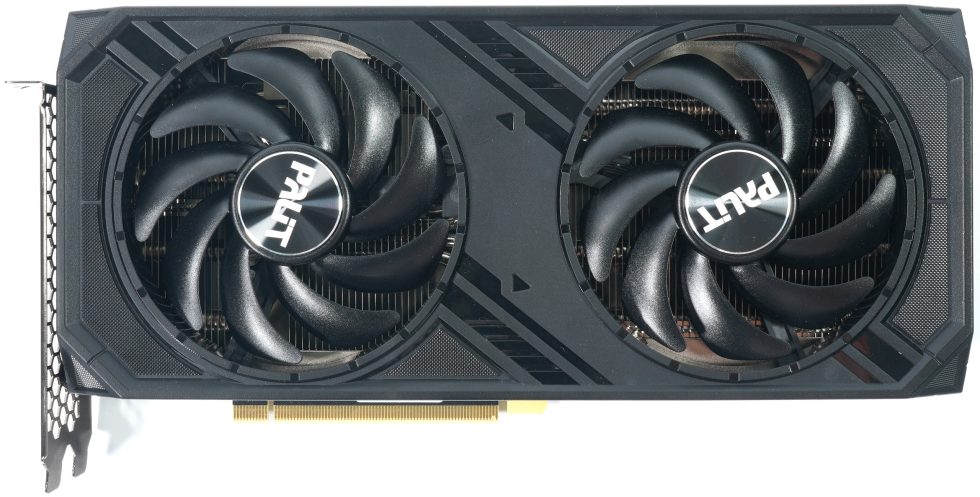


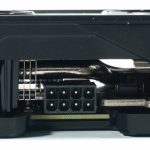
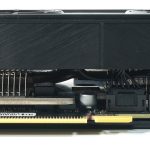

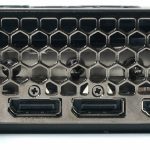




























20 Antworten
Kommentar
Lade neue Kommentare
Mitglied
Mitglied
Neuling
Veteran
Urgestein
Neuling
Mitglied
1
1
1
Urgestein
Urgestein
Mitglied
Mitglied
Mitglied
Veteran
Alle Kommentare lesen unter igor´sLAB Community →